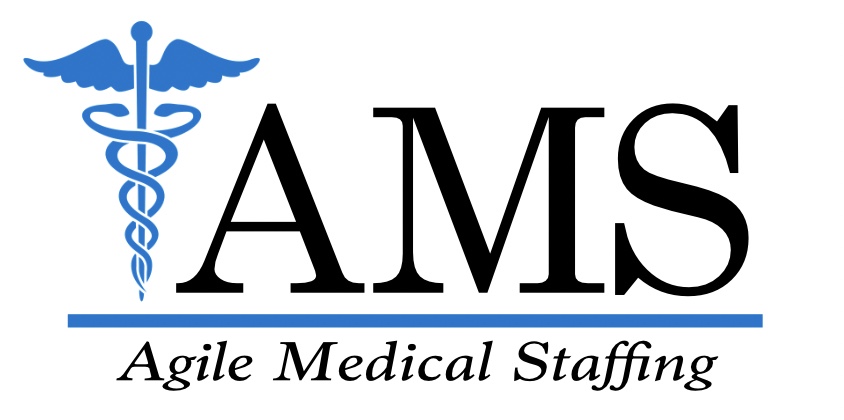Healthcare staffing is often like piecing together a complex puzzle, where every piece is a skilled professional who plays a vital role in patient care. Figuring out the correct pieces and how they fit together is a challenge many healthcare institutions face. A consistent and reliable team must be ensured to provide the best patient care possible. Staffing is about having enough hands on deck and ensuring that those hands are skilled, supported, and ready to meet the demands of the healthcare sector.
Addressing these challenges is more important than ever for healthcare facilities. Without a solid staffing plan, hospitals and clinics may find themselves stretched thin, leading to potential risks in patient care. Understanding the roadblocks and strategizing effectively can lead to better-managed facilities that foster a supportive environment for both patients and staff.
Common Challenges in Healthcare Staffing
Healthcare staffing can throw some curveballs, especially when dealing with frequent issues like staff shortages and high turnover. Let’s start with staff shortages, which often happen due to various reasons, such as a lack of qualified professionals in certain areas or shifts that are difficult to fill. For example, night shifts and weekends might not be everyone’s preferred working time, leading to gaps in coverage that need urgent attention.
Burnout is another looming issue. The healthcare environment can be high-pressure, leading to stress and, eventually, burnout if not managed well. This stress affects not only the well-being of healthcare workers but also impacts their productivity and retention. High turnover rates can stem from this burnout, creating a cycle that’s hard to break.
Frequent challenges include:
– Staff shortages due to unfilled shifts or specialized roles
– High turnover rates as a result of job stress and burnout
– Maintaining a healthy work-life balance to prevent burnout
– Providing support and resources for mental health
Understanding these challenges aids in crafting better strategies, ensuring that healthcare facilities remain fully staffed with committed professionals. Addressing these early on can improve morale and patient care, helping healthcare institutions convert obstacles into opportunities.
Effective Recruitment Strategies
Finding the right people for the job isn’t just about filling shifts. It’s about building a team that’s capable, dependable, and ready to grow with your facility. One core approach is to focus on targeted recruitment. That means clearly identifying the specific roles and responsibilities that need to be filled, and making sure job postings reflect the actual day-to-day work and expectations. Honesty upfront reduces the chances of early turnover and helps attract applicants who are a good fit.
Another key to building a strong healthcare team is offering an environment where people feel valued. Even simple things like being acknowledged for hard work, having flexibility with schedules, or being heard by leadership can make a difference. When a workplace feels good, word spreads. That helps draw in new candidates while keeping current staff from looking elsewhere.
Some helpful steps to attract and keep qualified professionals include:
– Write job descriptions that are clear and realistic
– Highlight team culture, support, and advancement options in interviews
– Offer schedules that work with staff life outside of work
– Keep communication open and honest about responsibilities
– Show appreciation regularly through verbal feedback or recognition
These actions might sound basic, but they’re often overlooked. Facilities that take recruitment and retention seriously are less likely to get caught in a constant hiring loop and more likely to build a strong foundation across shifts.
Training And Development That Builds Loyalty
One way to build staff confidence and improve retention is by offering regular training and skill development. Healthcare is always changing—new systems, tools, and treatments emerge all the time. If staff don’t get the chance to keep up, they might feel like they’re falling behind. Providing time and space for learning can reduce that frustration and build stronger teams over time.
The learning doesn’t need to focus on technical seminars every month. Even short sessions, on-site shadowing, or access to online education can make a big difference. When workers are given a clear path to grow, they often choose to stay longer. Staff shouldn’t feel stuck where they are. By knowing they have room to grow, they’re more likely to stay engaged.
For example, a small clinic in North Chelmsford began offering optional quarterly classes for its nursing assistants. After one round, several staff members signed up on their own for advanced certification, leading to promotions within the year. Simple investments like that can go a long way in building employee loyalty.
Innovative Staffing Solutions For Smoother Shifts
Technology can also play a role in simplifying healthcare staffing. Tools that manage shift scheduling, track availability, and handle communication have made staffing much more manageable. These tools not only cut down on confusion but can also help fill last-minute gaps quickly.
Another strong approach is flexible scheduling. When healthcare workers are offered some say in when they work, they’re less likely to burn out. Whether that means longer shifts with more days off, or options for part-time work, flexibility often leads to greater satisfaction.
Some forward-thinking facilities even include telehealth options when possible. This can help spread out workload, reduce the need for every visit to be in person, and support specific roles like behavioral health, dietetics, or follow-up consults where physically being on site isn’t always necessary.
Options to explore:
– Use digital scheduling platforms to avoid shift confusion
– Include input from staff about schedule preferences when possible
– Explore part-time roles or float positions to help buffer demand
– Use virtual services like telehealth where it makes sense
These practical adjustments can give healthcare teams some breathing room, which makes a big difference when you’re trying to build lasting success.
Keeping The Team Strong For The Long Term
Healthcare staffing doesn’t need to be a permanent headache. When you take the time to adjust how you hire, train, and support your team, you’ll build a much stronger foundation. Recruitment isn’t just about filling an empty spot today—it’s about thinking ahead to what your team needs to succeed tomorrow.
Creating a healthy workplace, supporting growth, and choosing smart systems all lead to long-term stability. It doesn’t come from major overhauls. Most of the time, it comes from treating staff with respect, listening to their needs, and being ready to adapt when things shift. If staffing has been a persistent problem, now may be the right time to rethink how you approach it—not just for operations, but for everyone who walks through your facility’s door.
To build a team that can adapt and grow with your facility’s needs, it helps to work with professionals who understand how to meet the demands of staffing for healthcare. Agile Medical Staffing brings experience and flexibility to support your efforts in creating a stable, high-performing clinical environment.






